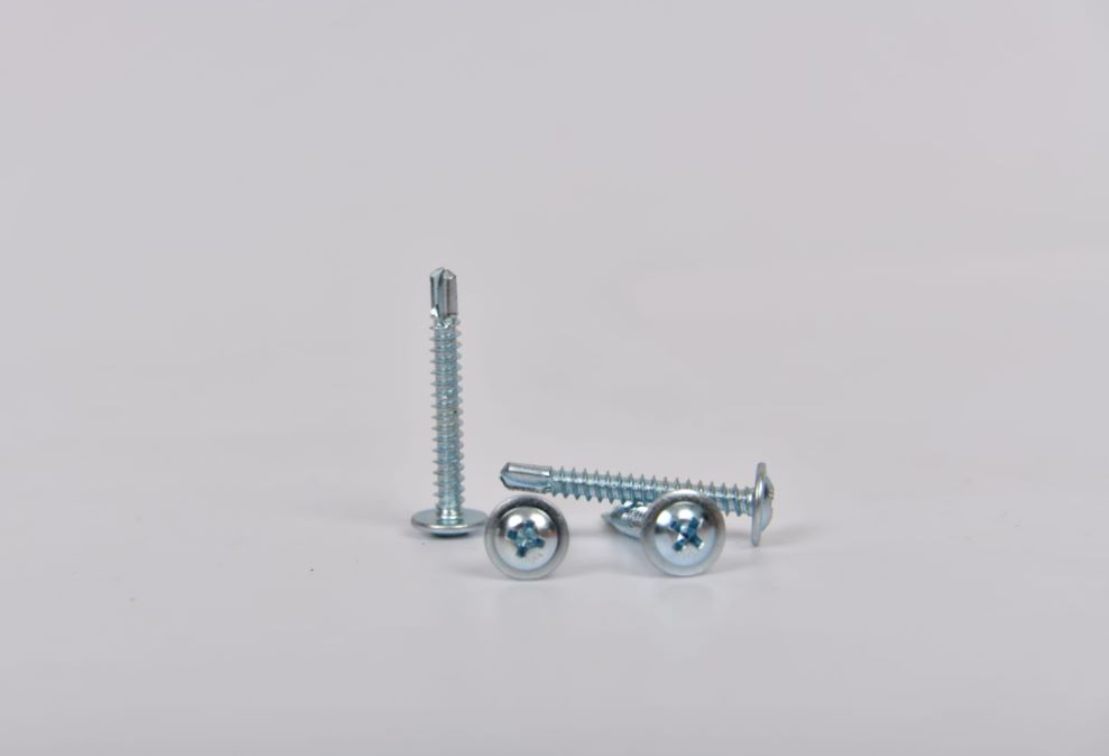best spring washer vs flat washer
Choosing Between Spring Washers and Flat Washers A Comprehensive Guide
When it comes to fastening components in various applications, the choice of washer plays a critical role. Among the many types of washers, spring washers and flat washers are two of the most commonly used. While they may seem similar, they serve different purposes and have distinct characteristics that make them suitable for specific situations.
Understanding Flat Washers
Flat washers are simple, typically circular pieces made of materials like metal, plastic, or rubber. Their primary function is to distribute the load of a threaded fastener, such as a bolt or nut, over a larger area. This prevents the fastener from pulling through the material and protects the surface from damage. Flat washers also help in reducing friction and provide an additional barrier against corrosion.
Flat washers come in various sizes and thicknesses, making them versatile for numerous applications in construction, automotive, and machinery industries. They are straightforward to install, and their simplicity means they are often less expensive than other types of washers.
The Role of Spring Washers
Spring washers, on the other hand, are designed with a specific purpose to provide flexibility and dynamic grip. These washers are typically curved or split and are made from materials that can flex under pressure, such as spring steel. Their unique design allows them to maintain tension and pressure on a fastening component, which is critical in applications where components might loosen due to vibration or movement.
best spring washer vs flat washer

The primary function of a spring washer is to prevent loosening in mechanical assemblies. When a bolt or nut is tightened, the spring washer compresses and exerts a constant force against the fastener, helping to keep it securely in place. This makes them particularly useful in automotive applications, machinery, and anywhere else that experiences vibration.
Key Differences
The fundamental difference between spring washers and flat washers lies in their functionality. While flat washers primarily distribute load and protect surfaces, spring washers focus on maintaining tension and preventing loosening. This makes spring washers ideal in environments with frequent vibration, while flat washers are more suited for static assemblies.
Another point of consideration is installation. Flat washers are easy to install and can be used in almost any application requiring a fastening solution. In contrast, spring washers require careful alignment and installation to ensure they function properly.
Conclusion
When deciding between spring washers and flat washers, it is crucial to assess the specific needs of your application. If you require simple load distribution and surface protection, flat washers are the go-to choice. However, if your assembly experiences movement or vibration, opting for spring washers will provide the necessary security to keep your fasteners tight and effective.
Ultimately, understanding the characteristics and applications of each type of washer will lead to better assembly practices and enhanced durability of mechanical components. Whether you are a DIY enthusiast or a professional engineer, making informed choices about washers can significantly impact the performance and longevity of your projects.
-
Top Choices for Plasterboard FixingNewsDec.26,2024
-
The Versatility of Specialty WashersNewsDec.26,2024
-
Secure Your ProjectsNewsDec.26,2024
-
Essential Screws for Chipboard Flooring ProjectsNewsDec.26,2024
-
Choosing the Right Drywall ScrewsNewsDec.26,2024
-
Black Phosphate Screws for Superior PerformanceNewsDec.26,2024
-
The Versatile Choice of Nylon Flat Washers for Your NeedsNewsDec.18,2024










